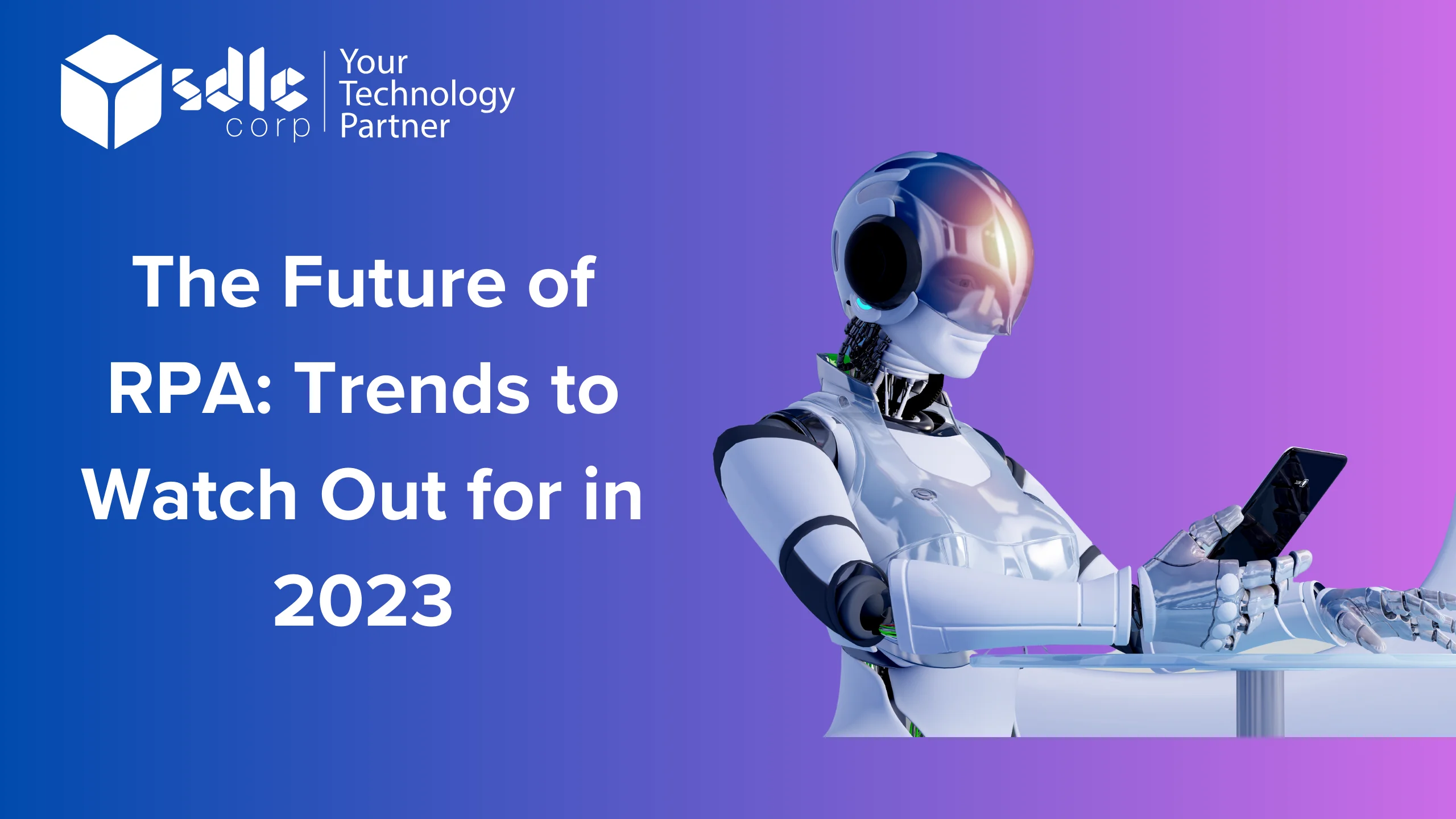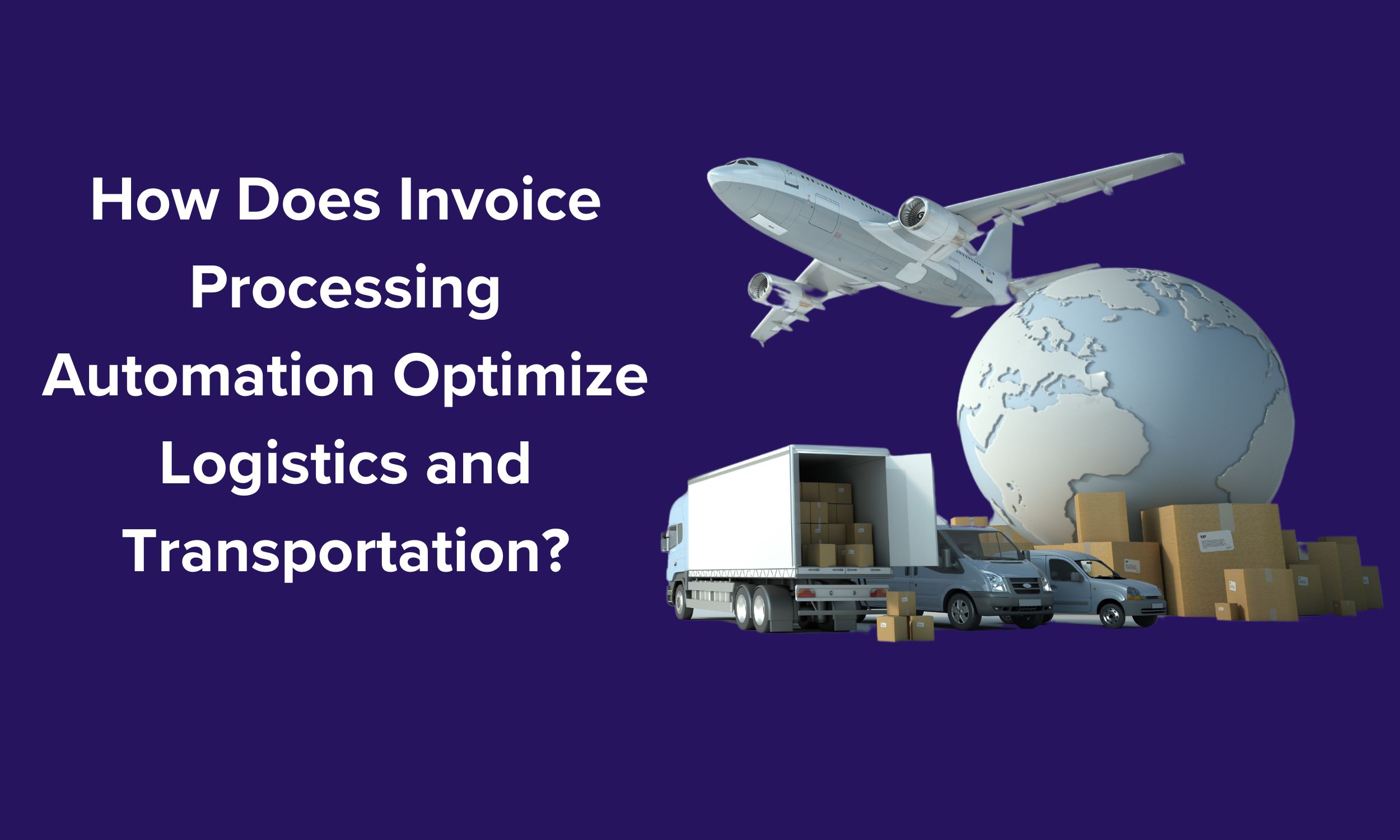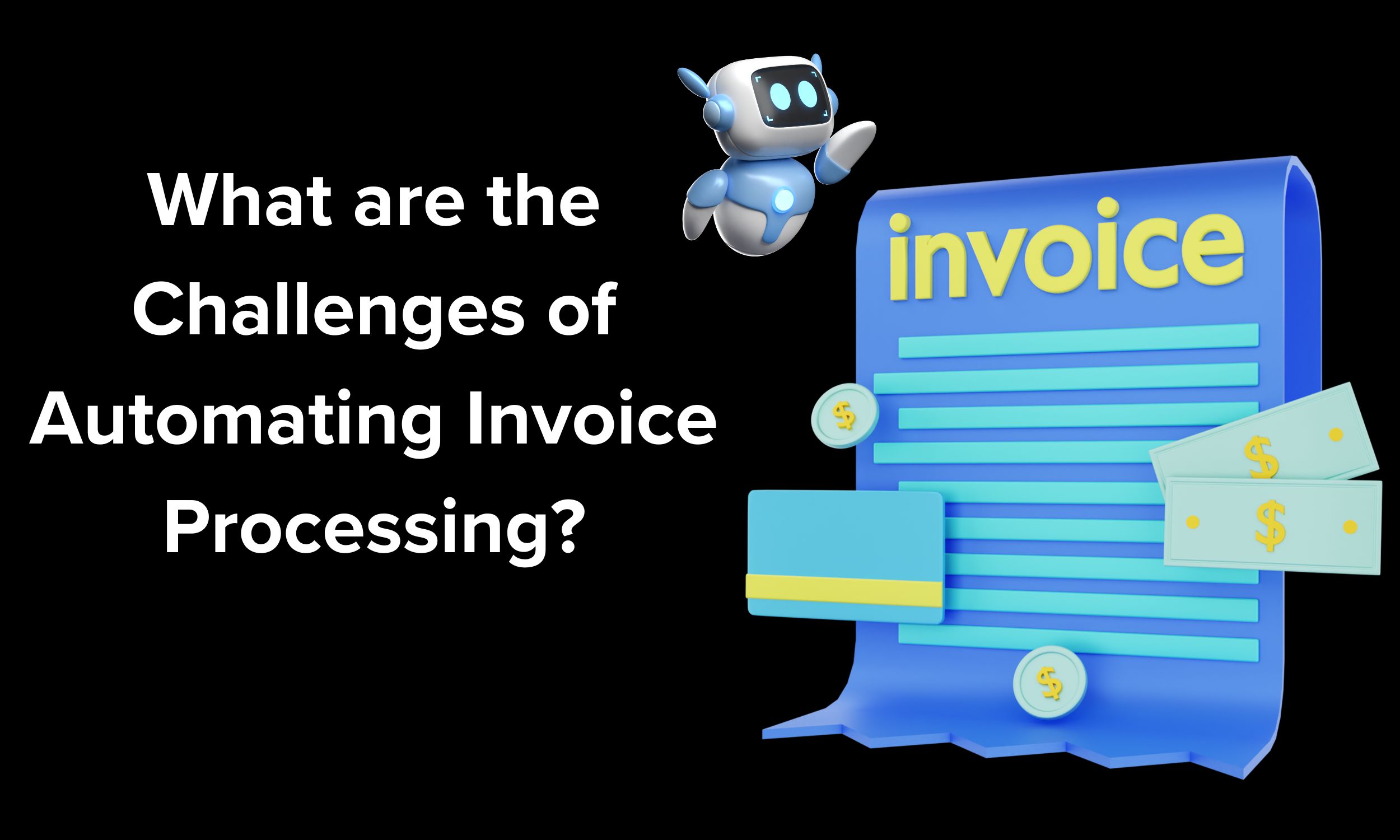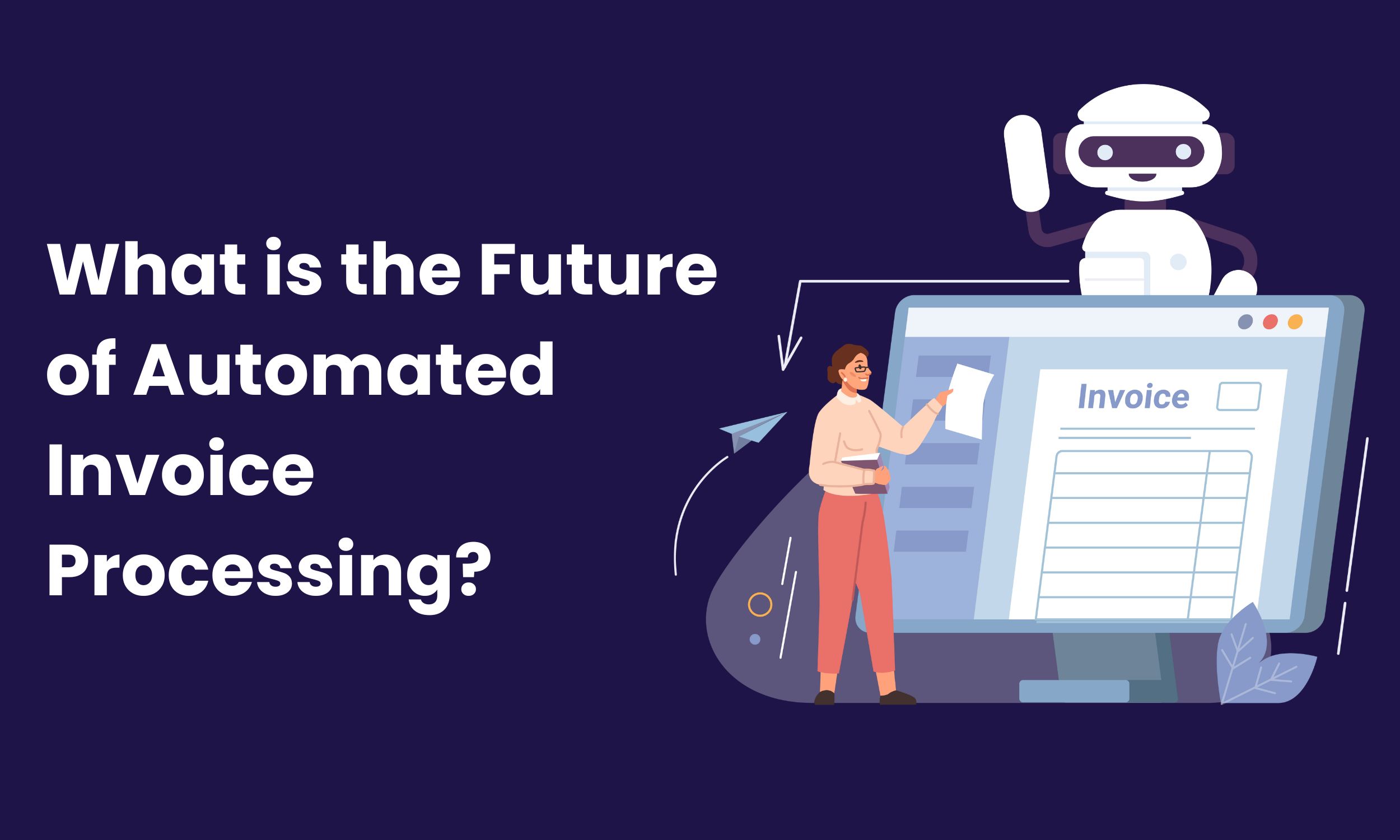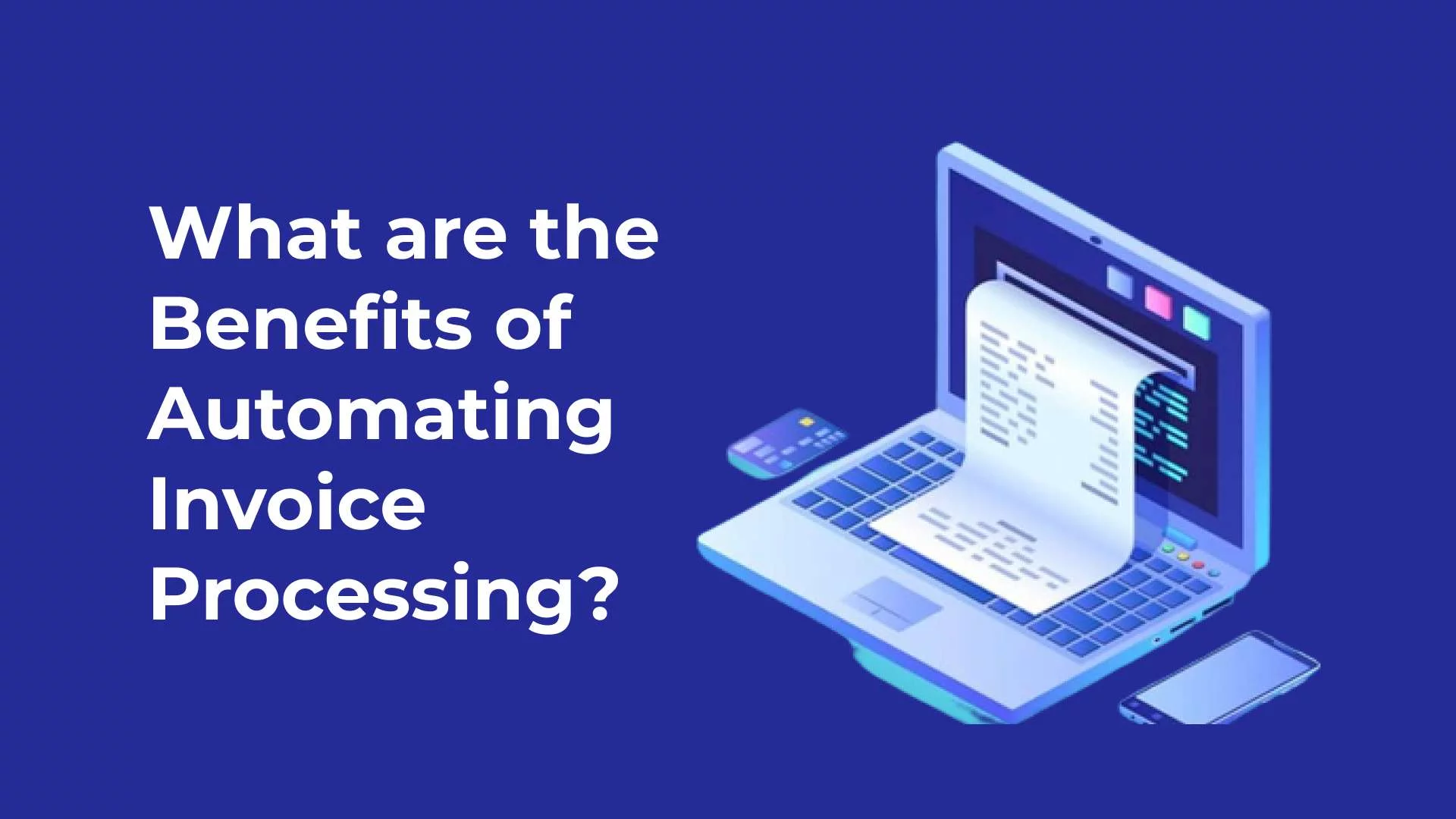The Future of RPA : Trends to Watch Out for in 2024
Future of RPA: RPA is a technology that lets businesses automate tedious, repetitive chores. This gives us more time and money to spend on more important things.
Many businesses have already changed their operations since RPA has been around for a while.
However, as with any technology, RPA constantly evolves, and several trends will likely shape its future.
This blog will explore some of these trends and what they mean for businesses.
What are the Most Significant RPA Trends?
Robotic process automation is one of these technologies, which uses software robots to perform tasks that humans usually do by interacting with various digital systems. (e.g., ERP, CRM, and other applications).
Employees may use software robots to record themselves performing these manual and time-consuming tasks via many digital systems. Later, automated bots can mimic the reported behavior by communicating with programs as an employee does, but more effectively and consistently. (Read More about “Benefits of RPA for Small and Medium-Sized Businesses”)
The Following Are the Major Robotic Process Automation Trends
1. Hyperautomation
Hyperautomation is the process of automating a wide variety of tasks with the help of cutting-edge technologies like artificial intelligence (AI), natural language processing (NLP), and machine learning (ML).
While RPA is excellent for automating repetitive tasks, hyper-automation takes things a step further by enabling the automation of complex tasks that require human-like decision-making.
In the upcoming years, the pace of this tendency is predicted to pick up momentum as an increasing number of enterprises embrace the utilization of AI and ML advancements to enhance their performance efficacy.
Stay Ahead: Explore 2024 RPA Trends for a Future-Ready Strategy!

2. System Architectures that Require Little or No Coding
“Low-Code” and “No-Code” are frequently used interchangeably due to their similarities. Platforms of two types aim to enable non-programmers to create their business solutions: low-code and no-code.
In contrast to no-code platforms, which are ideal models for automation tools, low-code platforms may still require some coding in some cases.
This means that independent programmers or those who have never touched a line of code will benefit the most from no-code technology. On the other hand, low-code technology is popular among amateur and professional programmers because it requires some coding knowledge.
In addition, low-code platforms have an advantage over different development environments because they do not require developers to abandon code entirely.
Platforms that combine low-code and no-code technologies are becoming more popular among forward-thinking businesses due to the increased flexibility and control they provide over the development cycle.
3. Cloud-based RPA
Cloud-based RPA solutions are becoming increasingly popular as they offer several benefits over traditional on-premises solutions. For example, cloud-based solutions are typically more flexible, scalable, and cost-effective, making them an excellent choice for businesses of all sizes.
As a result, we anticipate seeing an increase in adopting cloud-based RPA solutions as more companies migrate their operations to the cloud.
4. Intelligent Automation
Intelligent automation refers to using AI and ML technologies to automate processes that require cognitive decision-making. This includes data analysis, problem-solving, and decision-making.
By combining RPA with AI and ML technologies, organizations can create intelligent automation solutions to improve operational efficiency and decision-making capabilities. (Read More about the “difference between RPA and AI”)
5. RPA-As-A-Service
RPA-as-a-Service is a model where businesses can access RPA capabilities through a cloud-based service. This allows enterprises to quickly and easily automate their processes without significant upfront investments in hardware and software.
For businesses that want to start small and scale up as their requirements increase, RPA-as-a-Service is an excellent option.
6. RPA and the Gig Economy
Individuals freelance or work on contract rather than be employed by a single company in the growing gig economy trend. RPA can be an excellent tool for gig workers, allowing them to automate repetitive tasks and focus on higher-value activities. As a result, we can anticipate a rise in the use of RPA by gig workers as the gig economy expands.
7. Intelligent Automation is Becoming More Popular in SMBs
Process optimization is the most common use case for digital technology that small and medium-sized businesses are interested in adopting. SMBs can now use more affordable automation options to reduce costs, improve customer service, and increase competitiveness.
Explore our other insights!

RPA and Cybersecurity: Ensuring Data Protection
RPA and cybersecurity : Ensuring data protection Robotic Process Automation (RPA) has been gaining widespread adoption in recent
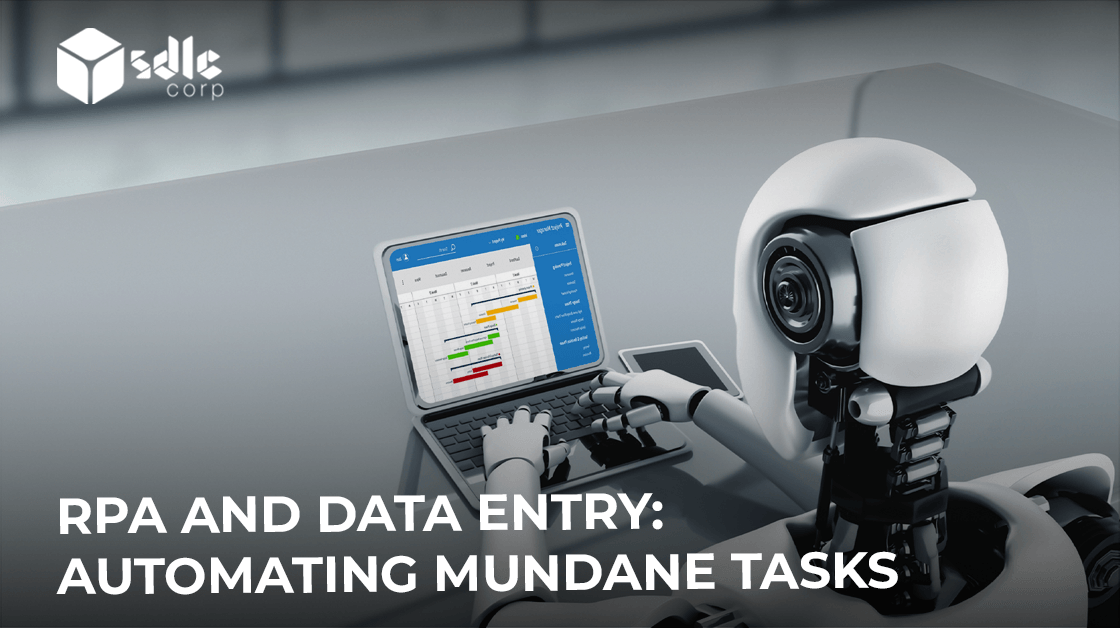
RPA and Data Entry: Automating Mundane Tasks
RPA and data entry : Automating mundane tasks RPA for Data Entry: In today’s digital age, businesses constantly
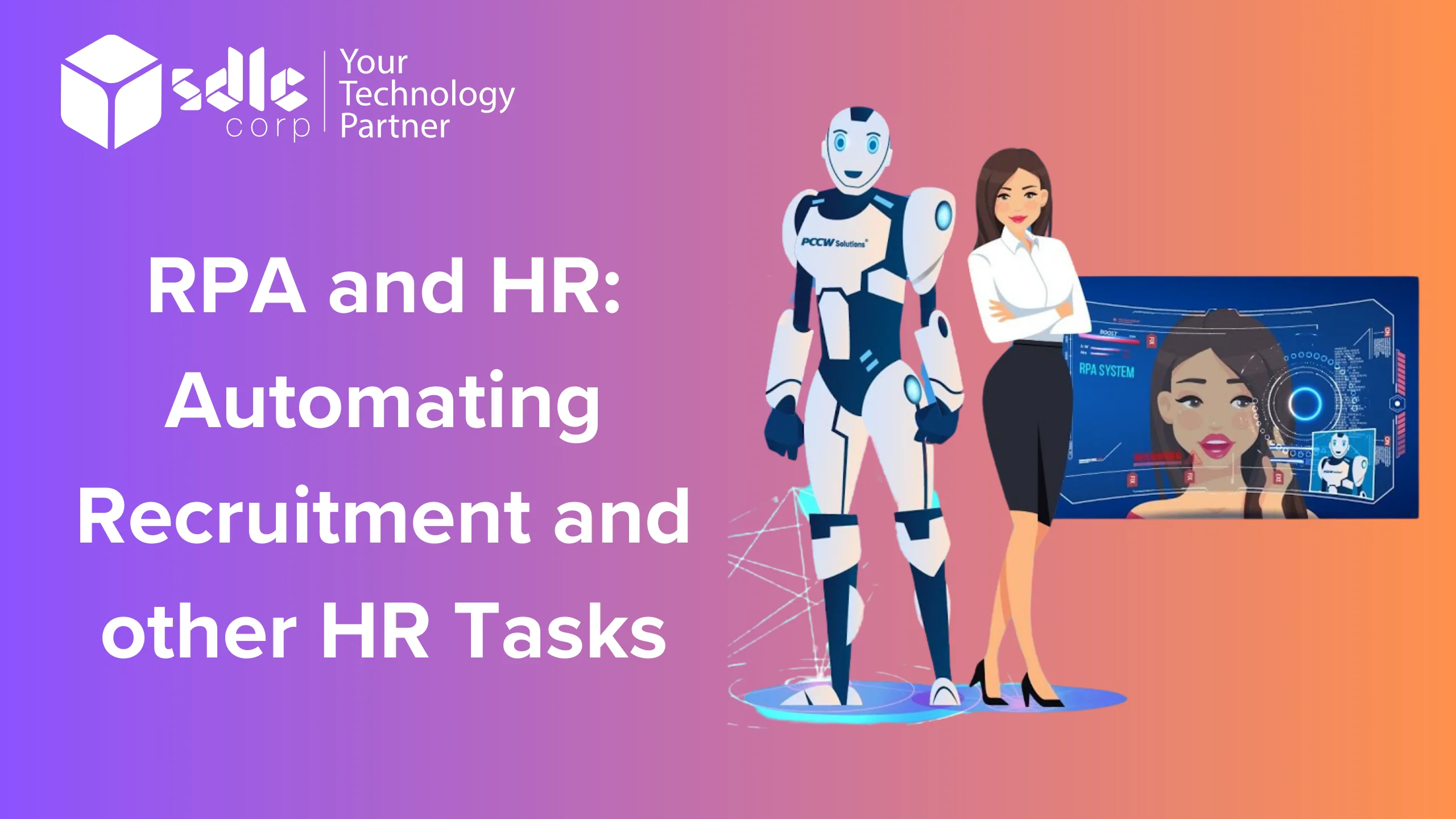
RPA and HR: Automating Recruitment and other HR Tasks
RPA and HR : Automating Recruitment and other HR Tasks Robotic Process Automation (RPA) has changed the game
Future-Proof with RPA: Explore 2024 Trends for Success!

Here Are Some of the Trends to Watch Out for in the Future of RPA
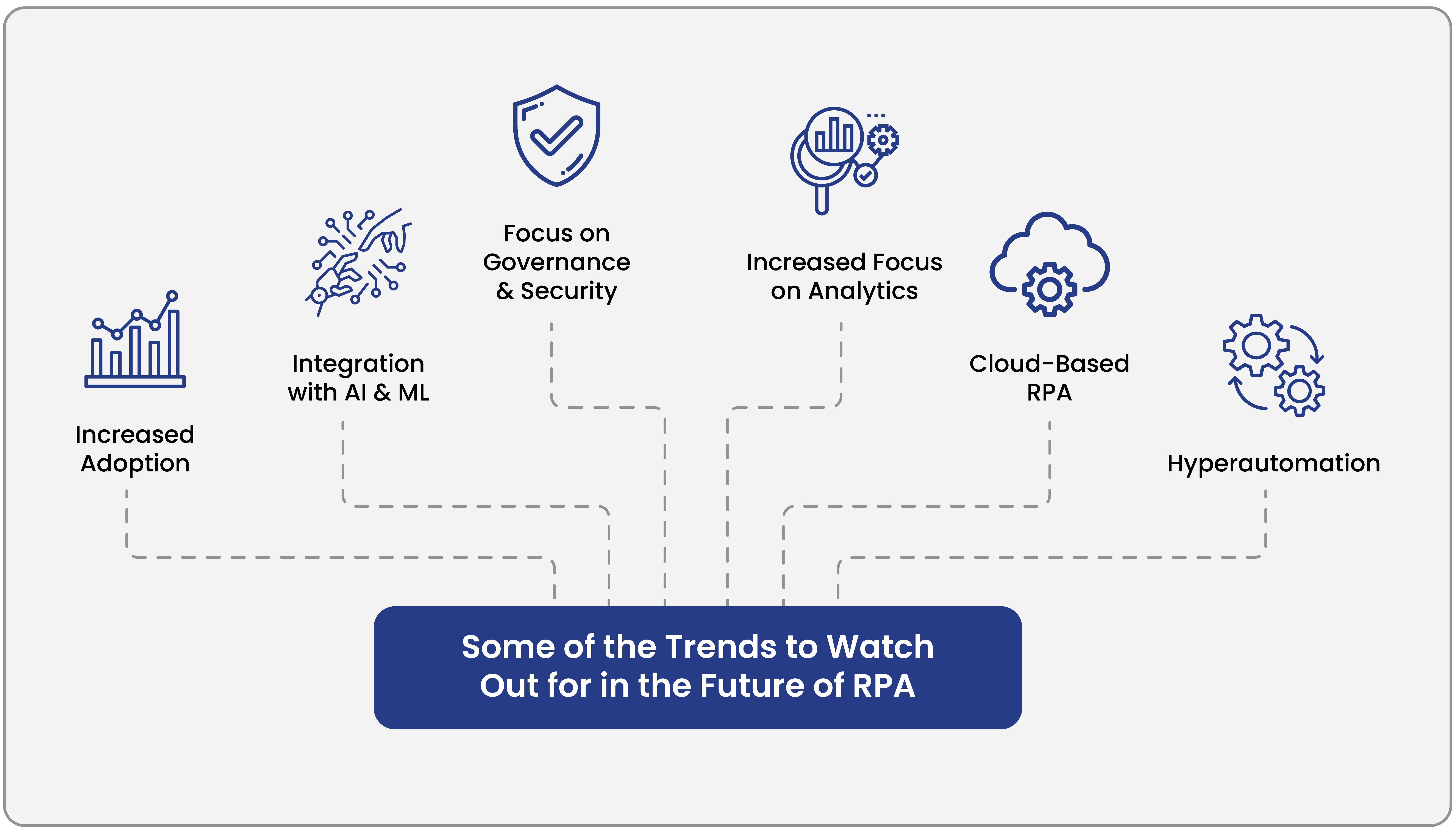
1. Increased Adoption
According to a report by Grand View Research, the global RPA market is expected to grow at a CAGR of 33.6% from 2021 to 2028. In 2020, it was estimated to be worth USD 1.6 billion. This indicates that RPA adoption is set to increase rapidly in the coming years.
2. Integration with AI and ML
RPA technology is expected to integrate more with artificial intelligence (AI) and machine learning (ML) algorithms. This will enable the automation of more complex processes and decision-making capabilities, allowing for more efficient and effective business operations.
3. Focus on Governance and Security
As RPA adoption increases, there will be a greater focus on governance and security. Companies will need to implement proper controls and procedures to ensure the safe and ethical use of RPA, including data privacy and protection. (Also Read about “RPA for Cybersecurity”)
4. Cloud-Based RPA
Cloud-based RPA solutions are expected to become more popular as they offer greater scalability, flexibility, and cost-effectiveness than on-premise solutions.
5. Hyperautomation
Hyperautomation uses RPA, AI, and ML to automate complex business processes end-to-end. According to Gartner, hyper automation is one of the top strategic technology trends for 2021 and beyond, and it is expected to significantly improve business operations and customer experiences.
6. Increased Focus on Analytics
RPA can produce enormous amounts of data, which can be examined to learn vital lessons and enhance company operations. Companies are expected to increase their focus on RPA analytics to drive continuous improvement and optimization.
Overall, the future of RPA looks promising, and businesses that embrace this technology are likely to reap significant benefits in terms of efficiency, productivity, and competitiveness.
Examples of RPA Trends
As more and more companies look to automate their business processes to improve efficiency and reduce costs, several RPA trends will shape the future of this technology.
Artificial Intelligence (AI) will be used increasingly in RPA in 2023, which is a trend to keep an eye on. Companies are looking to use AI to make their RPA systems more intelligent and adaptable. This includes using machine learning algorithms to help automate more complex tasks and using natural language processing to make RPA more accessible to non-technical users.
Cloud-based RPA is another trend to keep an eye on. As companies look to move their operations to the cloud, they are increasingly turning to RPA solutions that can be deployed and managed in the cloud. This allows for greater scalability and flexibility and easier integration with other cloud-based applications.
Several companies have already implemented RPA trends in their operations. For example, Coca-Cola European Partners (CCEP) has implemented RPA to automate manual processes such as order processing and data entry. This has resulted in significant cost savings and improved efficiency.
Another example is Deutsche Bank, which has implemented RPA to automate its compliance processes. By automating these processes, the bank has reduced the risk of errors and improved compliance with regulatory requirements.

Conclusion
RPA is a constantly evolving technology, and several trends will likely shape its future. These include hyper-automation, cloud-based RPA, intelligent automation, RPA-as-a-Service, and RPA and the gig economy. By staying up-to-date with these trends, businesses can ensure that they are leveraging the full potential of RPA to improve their operational efficiency and competitiveness.
FAQs
1. What is RPA?
RPA stands for Robotic Process Automation. The technology uses software robots to automate repetitive and rule-based business-process tasks.
2. What are the current trends in RPA?
The use of AI and ML to make RPA more innovative and more adaptable, the blending of RPA with other technologies like chatbots and voice assistants, the emergence of cloud-based RPA solutions, and the increasing significance of analytics and data management in RPA are just a few of the current trends in RPA.
3. What is the future of RPA?
The future of RPA looks promising. Experts predict that RPA will become more intelligent and capable of automating more complex tasks. There will also be a greater focus on the user experience and making RPA more accessible to non-technical users. Additionally, RPA is expected to play a more significant role in digital transformation initiatives across industries.
4. What industries are using RPA?
RPA is used in various industries, including finance, healthcare, retail, and manufacturing. Any industry that has repetitive and rule-based processes can benefit from RPA.
5. How is RPA different from AI?
Although RPA and AI are technologies that can automate business processes, they do so in distinct ways. RPA automates repetitive and rule-based tasks using software robots, while AI uses algorithms to make predictions and decisions based on data. RPA is a form of process automation, while AI is more focused on data analysis and decision-making.
6. How can businesses get started with RPA?
To start with RPA, businesses should identify which processes are good candidates for automation. They should then choose an RPA platform that meets their needs and begin building and testing their automation workflows. A plan for managing and maintaining the RPA solution over time is also essential.

